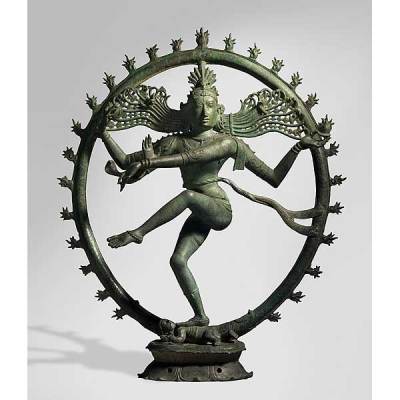Would you like to see the Circus Maximus rebuilt on its original site? Or what about a complete recreation of the Parthenon? More to the point, if the Millennium Dome burned down, would you put it back up again? Of course not.
Ruins have a value in themselves, a power unlikely to be topped by a brick-for-brick replication. This principle seems to be lost on London Mayor Boris Johnson and billionaire Chinese developer Ni Zhaoxing, who together have conspired in the most ludicrous architectural project to hit the British capital since…sorry, this hesitation could go on a while.
The Crystal Palace at Hyde Park, London (1851), John Jabez Edwin Mayall Source: J. Paul Getty Museum

The plan is to rebuild Joseph Paxton’s Crystal Palace on Sydenham Hill. The structure – a gigantic plate-glass greenhouse, to paraphrase John Ruskin – was constructed to house the Great Exhibition of 1851. It was moved from its original location in Hyde Park to suburban South London in 1854, where it stood until it burned down in 1936. Although architects like Zaha Hadid, David Chipperfield and Richard Rogers are in contention to handle the project, it will be an exercise in ‘reduplication’ – that is, as exact a copy as possible of the original.
‘Reduplication’ isn’t always a terrible idea. Apollo’s Gavin Stamp made a convincing appeal for rebuilding the Euston Arch, which stood outside the mainline station of the same name until it was flattened by planners in the early 1960s. This, though, is different. While the Arch was the only exciting part of an essential but otherwise grim building complex, the Crystal Palace was a standalone showpiece in itself; ‘heroic’ it may have been, but does it merit this nostalgic cloning?
In a word, no. Who, the organisers’ vanity aside, will benefit? Certainly not the people living nearby. As there have been only token gestures towards a public consultation, it’s hard to gauge how popular the scheme is locally – this campaign suggests, not very. Furthermore, the site on which it stood is one of the most uniquely weird public spaces in Britain.
It’s got sphinxes and staircases that rise to an empty plateau, the one vacated by the Palace itself. It’s got the TV transmitter, London’s answer to the Eiffel Tower. Hell, it’s even got anatomically incorrect dinosaurs. The park is truly unique, its landscaped anarchy made all the more exciting by the absence of a centrepiece. If any open space in London deserves to be preserved as it is, it’s this.



